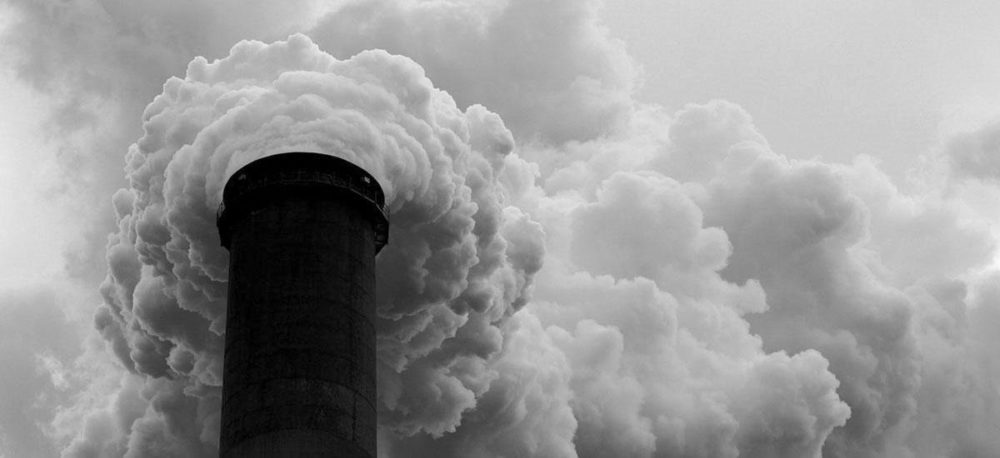Last week marked the end of the Illinois General Assembly’s 2017 veto session. Fortunately, Dynegy failed in its latest attempt to have the legislature bail out several of its coal plants in central and southern Illinois at the expense of local ratepayers.
But the fight isn’t over. Dynegy has been relentless in their efforts to force the public to pay for keeping their aging, polluting, and uneconomic coal power facilities open. Here are some pathways they are pursuing and why it’s important to stop them.
The legislature
Dynegy, a Texas-based company that owns eight coal plants in central and southern Illinois, introduced legislation (SB 2250/HB 4141) that would grant them a bailout for their uneconomic Illinois plants, while ratepayers foot the bill. These plants were built several decades ago: the bill would allow Dynegy to continue to emit harmful pollutants for years to come.
Last year alone, Dynegy’s Illinois plants emitted more than 32 million tons of heat-trapping carbon dioxide.
Dynegy claims that their Illinois coal plants are not being fairly treated in the current wholesale power market and if forced to close they would take hundreds of jobs with them. The proposed legislation would create a capacity-pricing system for Central and Southern Illinois, run by the Illinois Power Agency. Such a system would expectantly produce higher capacity prices, like those in Northern Illinois, and put more money into Dynegy’s coffers. Meanwhile, the higher capacity prices would be passed onto ratepayers.
Yet, Dynegy’s argument that immediate action is needed is unjustified. Ameren Illinois—the local power provider that purchases and delivers generation from Dynegy’s coal plants to customers—does not believe this is a resource adequacy issue in the short-term. And we agree. In 2016 the Illinois Clean Jobs Coalition (of which UCS is a member) worked tirelessly to pass a long-term vision for the state’s energy future with the passage of the Future Energy Jobs Act, which increases energy efficiency and renewable energy development in the state.
Prolonging the life of uneconomic and dirty coal plants would derail this clean energy future.
This bill got lots of push back at last week’s hearing. The opposition’s testimony noted that an immediate threat to grid reliability does not exist and passing the legislation would put a financial burden on Ameren Illinois ratepayers. It’s estimated that the proposal could raise Ameren Illinois customer’s electric bills upwards of $115 a year.
Avenue 2: the Pollution Control Board
In addition to its legislative efforts, Dynegy has been working with the Illinois EPA to rewrite the Illinois Multi-Pollutant Standard, which is a 2006 clean air standard for coal plants. The proposed changes to the rule would create annual caps on tons of sulfur dioxide and nitrogen oxide emitted by the entire coal fleet rather than on individual power plants. If approved, the new limit on sulfur dioxide would be nearly double what Dynegy emitted last year and the cap on nitrogen oxide emissions would be 79 percent higher than in 2016.
This proposal would allow Dynegy to close newer plants and run older and dirtier plants harder. Meanwhile, Illinois communities will get increased air pollution, and some will still be faced with job losses.
Not just an Illinois issue
While some blame environmental regulations for the ailing coal industry, a recent report from the Trump administration’s Department of Energy confirms the major primary reasons coal plants nationwide have been faced with economic woes are low natural gas prices and flat electricity demand. Struggling coal plants aren’t just an Illinois issue. The role of coal in the electricity sector is on the decline nationwide, while the increase of wind and solar presents opportunities for communities, businesses, and policymakers.
Our recent report A Dwindling Role for Coal: Tracking the Electricity Sector Transition and What It Means for the Nation examines the historic transition of the US electricity sector away from coal and towards cheaper, cleaner sources of energy. Since 2008, more than one-fifth of US coal generation has either retired or converted to different fuels, with significant benefits to public health and the climate. This transition has reshaped the power sector and will continue to do so.
What’s next
It’s expected Dynegy will be back in 2018 with similar legislation. And the Illinois Pollution Control Board hearings will be held on January 17 in Peoria and March 6 in Edwardsville.
Recently, a third pathway for Dynegy has surfaced, a stakeholder process that will kick off at the end of the month to discuss the potential policy opportunities that are laid out in a report requested by Governor Rauner and written by the Illinois Commerce Commission. The white paper addressed current questions about resource adequacy in central and southern Illinois.
Speak up!
Tell Governor Rauner, and your state legislators, to oppose a Dynegy bailout that would prolong the life of uneconomic coal plants in the state, and would have negative public health impacts for Illinois residents. Illinois needs to transition away from old, dirty, and costly fossil fuels, and continue to increase development of renewable energy and energy efficiency in the state.

